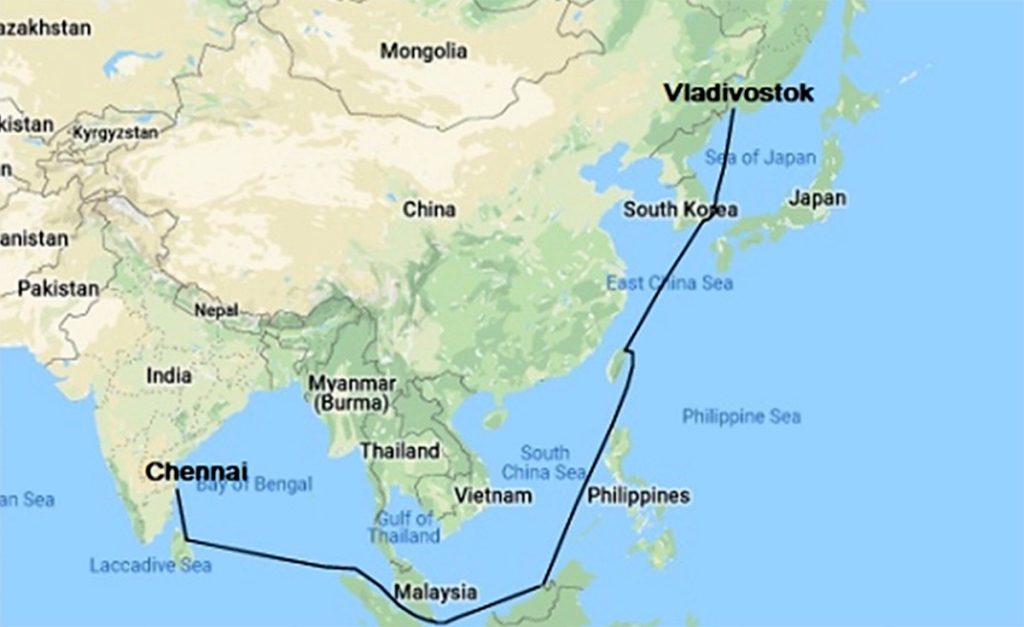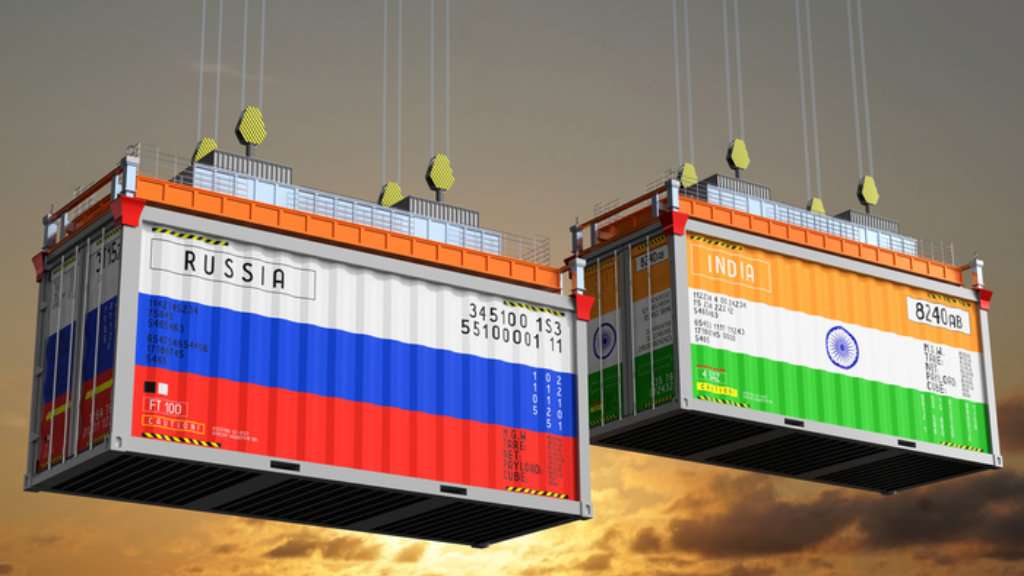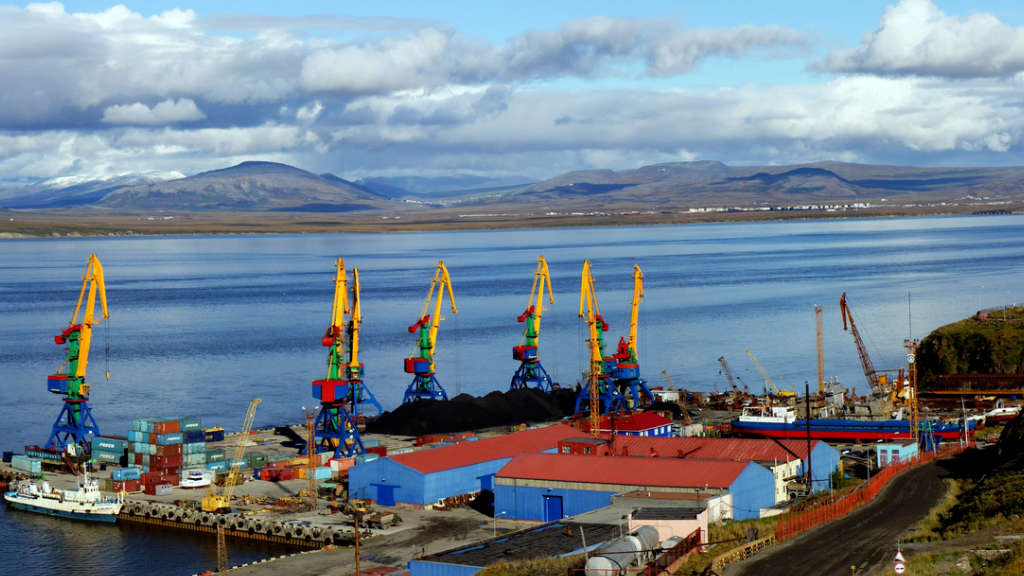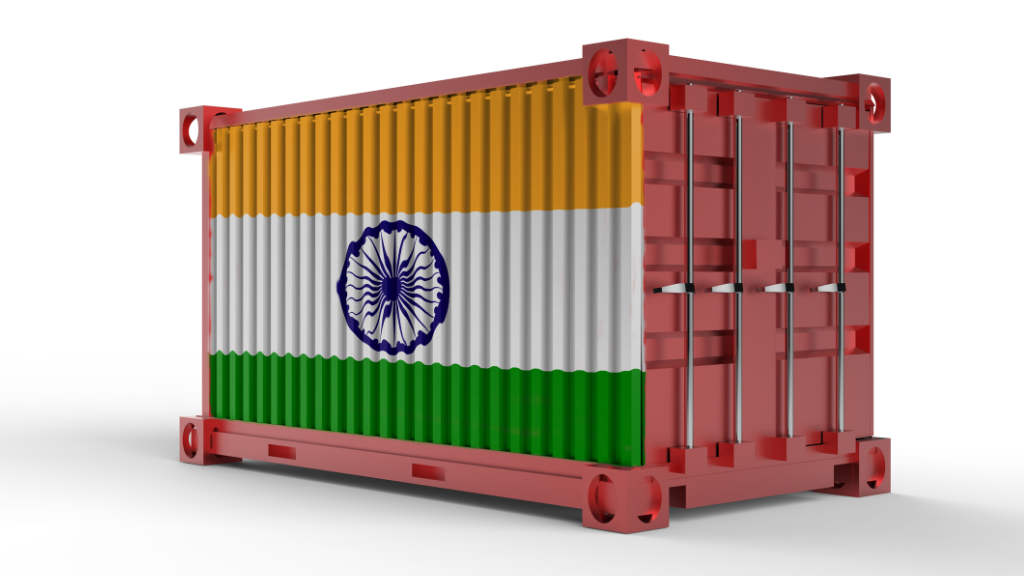India’s Prime Minister Narendra Modi has stated that New Delhi and Moscow are working on expanding the capabilities of the 10,300-kilometre Chennai-Vladivostok Maritime Corridor connecting Russia’s Far East and Southeastern India.
Referring to the concept as a meeting of the ‘Ganges & Volga’, Modi reiterated that the corridor is expected to reduce the time required to transport cargo between India and the Russian Far East by up to 16 days, cutting the current 40-day travel time by almost half to 24 days. It is also expected to significantly reduce the distance by up to 40%.
At present, the distance between the Mumbai Port and Russia’s Port of St. Petersburg, by the Western Sea Route via the Suez Canal, is 16,066 km. This is the route that has traditionally been used between India and Russia, however conflicts within the Red Sea area are impacting Suez Canal transits.
Meanwhile, the distance from Russia’s Vladivostok Port, via the Eastern Maritime Corridor, to India’s east coast Chennai Port is 10,458 km.

This corridor was proposed in September 2019 when Prime Minister Narendra Modi visited Vladivostok for the Eastern Economic Forum and the two countries signed an MoU to develop a sea route between the Indian port of Chennai and Vladivostok, to transport coal, oil, liquefied natural gas, fertilisers, containers and other types of cargo which are already part of the bilateral trade. It also conceives of ships calling at other Russian and international ports.
To facilitate further development, Anatoly Bobrakov, Russia’s Deputy Minister for the Development of the Far East and the Arctic, was in Chennai earlier this year, attending the India-Russia Workshop on Operationalisation of the Eastern Maritime Corridor, a seminar that was organised by the Chennai Port Authority. “Today it takes 40 days for cargo to reach Russia through the Suez Canal, but through the eastern corridor, the time will be reduced by 40% to 24 days,” he said.
Bobrakov said the onus for the success of this corridor lay with the private players in both countries. Governments, he said, will monitor the negotiations between Russian and Indian companies, especially with regard to interest by private Indian players for the import of Russian goods. “Then we, as governments, will make appropriate decisions,” he added.
Sarbananda Sonowal, Indian Minister of Ports, Shipping and Waterways, has also stated that the Eastern Maritime Corridor’s saving of 5,608 km compared to the Suez route, will “reduce logistics costs immensely, and boost efficiency in transportation of cargo between the two countries.” Increased volumes will enhance the viability of the corridor and open much-needed new and fresh opportunities between the countries.
In 2023, India imported 56 million tonnes of coking coal, an essential raw material for the manufacture of steel largely, from Australia, the U.S. and Canada. Russian coking coal is of equivalent quality as the West and there is also a price advantage. In January 2024 Moscow lifted exchange-rate linked export duties on most coal exports, making Russian coking coal $12 per tonne cheaper than its Australian counterparts.
Another product that India imports from Russia is fertilisers. In 2023, India bought 4.35 million tonnes of fertilisers from Russia, but discounted rates came to an end in August 2023, and Indian importers had to pay market prices. However, given the volatility in the Middle East, India is unlikely to look at Saudi Arabia and Morocco at the moment as alternatives. The quality of Russian phosphate-based fertilizers is hard to beat and participants at the Chennai seminar were clear that bringing these products via the eastern corridor would be beneficial. Sunil Paliwal, Chairman of the Chennai Port Trust, went a step further, suggesting that Russia could consider establishing fertiliser plants in its Far East for exports meant specifically for India.
Russia-India bilateral trade reached US$57 billion in 2023 and is continuing its upward trajectory in 2024, achieving a 23% growth this year to date. Trade however, is heavily skewed in Moscow’s favour: with about 90% in favour of Russian exports to India, an issue that s also creating balance of payment problems – Russia is accumulating more Rupees than it can reasonably use.
If imports via the corridor increase, as looks likely, this deficit will only widen, unless the flow of goods is two-way. There are several options to balance this out. For example, the price of eggs in Russia has risen by over 40% last year. The Namakkal district in Tamil Nadu, called the “land of poultry” has the capacity to export vast amounts of eggs to Russia, after suppliers pass Russian quality control requirements. Efforts are being made to expand these opportunities. In October 2023, the Indian Embassy in Moscow provided a sourcing list of priority goods for Indian exports. This included both food and non-food items which did not fall under Western sanctions.
An increase in imports from India will help other Russian exporters who have billions of rupees in vostro accounts, and adjust these balances with those importing from India – even if the Eastern Maritime Corridor plan takes several months to reach improved operational capacity.
These concerns aside, better freight and passenger connectivity between Southern India and the Russian Far East will open up new areas for bilateral cooperation in areas such as the export of machinery, auto parts, engineering goods, and consumer products such as much-needed pharmaceuticals from India to Russia and further integrate the economies of the two countries. There are also plans for Indian shipbuilders to become involved in constructing the new generation of Arctic Ice breakers and other maritime vessels.
The successful operationalisation of this corridor would help both India and Russia increase trade and develop a vital and non-volatile, alternative channel for the transit of goods between the two countries.
Further Reading
Indian Exporters Want Greater Market Access in Russia
For more Russia-India news please access our archives here.





